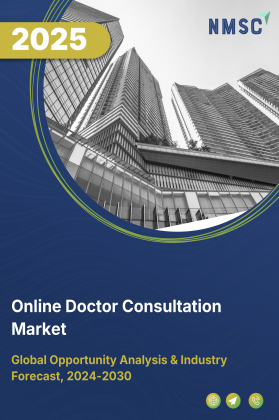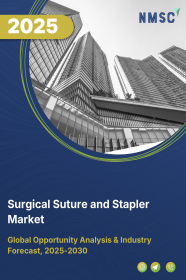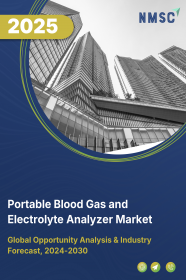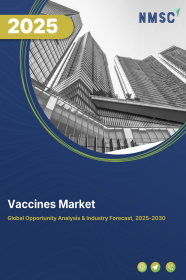
Vaccines Market by Composition (Combination Vaccines and Monovaccines), by Type (Conjugate Vaccines, Recombinant Vaccines, Inactivated & Subunit Vaccines, Live Attenuated Vaccines, Toxoid Vaccines, Viral Vector Vaccines, mRNA Vaccines, and Others), by Kind (Routine Vaccines, and Required Vaccines), by Age of Administration (Paediatric Vaccine and Adult Vaccine), by Disease Indication (Viral Diseases, Cancer Vaccines, Allergy Vaccines)– Global Opportunity Analysis and Industry Forecast 2025–2030
Vaccines Market Overview
The global Vaccines Market size was valued at USD 83.38 billion in 2024 and is predicted to reach USD 115.08 billion by 2030 with a CAGR of 5.5% from 2025-2030.
Some of the factors that propels the vaccines market include improvement in aging population, higher chronic diseases prevalence, and high medical expenditure. Besides, some of the significant players are choosing different business strategy such as mergers, joint ventures, and developing new products for sustaining its grip in the global market. However, the growth of the market is affected due to high regulatory norms. In contrast, messenger ribonucleic acid (mRNA) immunization is anticipated to open immense opportunities in the market in the near future.
Boosting Aging Population Fuels Market Growth
The demand for vaccination is increasing because of the aging population, as aged people easily acquire infections and suffer from diseases such as influenza, pneumonia, and shingles due to weakened immunity. Population aged 65 years and more is anticipated to increase to 16% in 2050 from the current 10% in 2022 by World Population Prospect 2022. Such increase in population raises the vaccines market demand for preventive measures that curb infections that boost the industry.
Increasing Chronic Disease Drives Market Growth
Growing incidents of chronic conditions such as diabetes, cardiovascular diseases and respiratory disorders and others compromises the strength of the human immune system further increasing the vulnerabilities of patients for infections such as flu, pneumonia hepatitis, and more. Such amplified vulnerability encourages service providers to immunize patients at the earliest since vaccination is perceived as a preventable measure that further propels the industry. The World Health Organization (WHO) reports 20 million new cancer cases in 2022, predicted to rise to 35 million by 2050 marking an increase of 77% within the time span of three decades.
Rising Healthcare Expenditure Bolster Market Growth
Rising healthcare expenditures boosts the vaccines market while enabling investment in immunization programs, research and infrastructure development. This increasing focus towards government spending allows healthcare organizations to expand access to immunization as preventative measure. The CMS report that healthcare spendings grew by 7.3% in 2023, reaching USD 4.9 trillion or USD 14,570 per person in 2024. In contrast, In Canda as per CIHI, healthcare spending is expected to reach USD 372 billion or USD 9,054 per Canadian showing a 5.7% increase. Such increased healthcare spendings drives research and innovation in the domain of immunization that boost the market.
Intricate Guidelines Hinders Market Growth
The complex stringent regulations and guidelines associated with the industry hinders the vaccines market growth. The presence of regulatory bodies such as the Food and Drug Administration (FDA) and World Health Organization (WHO) possess stringent clinical trials, post market surveillance and approval requirements to ensure vaccine safety due to that the approval process delays creating barriers.
Introduction of mRNA Vaccines Creates Opportunities
Introduction of mRNA vaccines is anticipated to open the doors for the growth of the immunization industry in the future years. It can be adapted to change the product quickly and be effective against a mutating pathogen and even the next pandemics. In a recent announcement, the Russian Health Ministry reported developing cancer mRNA immunisation that is scheduled to come to the market early in 2025. The innovation targets to improve the immunity system in fighting and killing the cancer cells.
Market Segmentations and Scope of the Study
The vaccines market report can be classified on the basis of composition, type, kind, age of administration, disease indication, route of administration, distribution channel, end-users and by region. On the basis of composition, the market can be grouped into combination vaccines and mono vaccines.
On the basis of type, the market can be classified into conjugate vaccines, recombinant vaccines, inactivated vaccines, subunit vaccines, live attenuated vaccines, toxoid vaccines, viral vector vaccines, mRNA vaccines, and others. On the basis of kind, the market can be segmented into routine vaccine, recommended vaccine, and required vaccine. On the basis of age of administration, the market can be grouped into paediatric vaccine and adult vaccine.
On the basis of disease indication, the market can be grouped into viral diseases, bacterial vaccines, cancer vaccines, and allergy vaccines. Based on viral diseases, the market is grouped into hepatitis, influenza, HPV, MMR, rotavirus, herpes zoster, covid-19, and others. Based on bacterial vaccines, the market is classified into meningococcal diseases, pneumococcal diseases, DPT, and others.
On the basis of route of administration, the market can be divided into intramuscular and subcutaneous, oral, and others. On the basis of distribution channel, the market can be segmented into hospital pharmacy, retail pharmacy, and online pharmacy. On the basis of end-users, the market can be classified into community hospitals, hospitals, specialty centres, clinics, and others. Regional breakdown and analysis of each of the aforesaid segments includes regions comprising of North America, Europe, Asia-Pacific, and RoW.
Geographical Analysis
North America region leads the vaccines market and is expected to maintain its dominance in the vaccine market during the forecast period due to the rise in cancer-related diseases that heightened the demand for both preventive and curative solutions. The risk factor increases the industry and reduces the disease burden.
According to the 2024 publication by the National Cancer Institute report, the United States experienced an estimate of total cancer cases 18.1 million in the year 2022 and projects an increase with a growth rate of 43.6% jumping to 26 million by the year 2040. This increasing prevalence of disease burden prompts the usage of vaccines to avoid infections resulting in boot in the industry.
Moreover, the increasing geriatric population is driving the vaccines market because of the increased demand for immunization against age-related diseases and infections. Older people's experiences weakened immune systems make them more susceptible to conditions such as influenza, pneumonia, and shingles, thereby requiring disease-specific immunization as preventive measures.
According to the report of Pan American Health Organisation in 2022, the population aged 60 years and more in Mexico in 2022 is estimated to be 15.12 million while this figure is estimated to increase to 31.50 million by 2050 with a rise of 108%. The increasing population prompts vaccines for infection control that boost the market.
Vaccines market in Asia-Pacific region continues to increase steadily, due to the increased spending on health care calls for investment in research and vaccine distribution infrastructure to buy and distribute immunization widely, increasing areas of access and areas of coverage.
According to the report issued by World Health Organization 2024, health care expenditure per capita in China increased from USD 504.11 in 2018 to USD 672.45 in 2022, thus registering an increase of 33.44% within 4 years. Such increased in healthcare spendings drives research and development that ultimately fuels the market.
Besides, the increasing diabetes cases in India is also growing the immunization market because of the compromised immunity of diabetic people, that compels vaccines as a measure to avoid infections such as pneumococcal infections and hepatitis B. According to the report published by the International Diabetes Federation 2024, in 2021, the number of people diagnosed with diabetes summed 74.19 million and is projected to increase up to 92.97 million in 2030, thus recording a growth of 25.3%.
Competitive Landscape
Various key players operating in the vaccines industry are Biofarma, Bharat Biotech International Limited, Pfizer Inc, Serum Institute of India Pvt. Ltd., BioNTech SE, Sinovac Biotech Ltd., Moderna, Inc., Merck & Co., Inc, Sanofi Winthrop Industry, GlaxoSmithKline plc, Beijing Zhifei Lvzhu Biopharmaceutical Co., Ltd, AstraZeneca plc, Johnson & Johnson Services, Inc, Valneva SE, Indian Immunological Ltd., and others. These companies are adopting various strategies such as collaboration and expansion to maintain their dominance in immunization industry.
For instance, in November 2024, Biofarma collaborated with The Gates Foundation to boost the production of vaccines in Indonesia. This partnership aims at the eradication of polio worldwide through nOPV2 vaccine.
Besides, in September 2024, Bharat Biotech International Limited partnered with Alopexx Inc to codevelop and commercialize anti-microbial vaccine AV0328 across India and low-income countries, focusing on battling infectious diseases across the globe.
Furthermore, in August 2024, Bharat Biotech International Limited partnered with Hilleman Lab Ltd to launch Hillchol (BBV131), a novel single-strain oral cholera vaccine. This collaboration aims to fight oral cholera at global level amidst the global shortage of oral cholera vaccines.
Additionally, in August 2024, BioNTech SE launched the phase 1 clinical trial to treat non-small cell lung cancer developed using COVID mRNA technology. This development shows the company’s commitment to fight lunger cancer globally being the most common of it.
Also, in April 2024, Merck & Co., Inc expanded its research facility in Germany aimed at research solutions for manufacturing antibodies. This expansion aims to expand the company’s portfolio in the European region.
Moreover, in January 2024, Indian Immunological Ltd. launched Hepatitis A vaccine named Havisure as a result of extensive research and development efforts. This vaccine launch aims to complement India’s global fight against hepatitis A.
Key Benefits
-
The report provides quantitative analysis and estimations of the vaccines industry from 2025 to 2030, which assists in identifying the prevailing market opportunities.
-
The study comprises a deep-dive analysis of the current and future vaccines market trends to depict prevalent investment pockets in the industry.
-
Information related to key drivers, restraints, and opportunities and their impact on the vaccines industry is provided in the report.
-
Competitive analysis of the players, along with the vaccines market share is provided in the report.
-
SWOT analysis and Porters Five Forces model is elaborated in the study.
-
Value chain analysis in the market study provides a clear picture of roles of stakeholders.
Vaccines Market Key Segments
By Composition
-
Combination Vaccines
-
Mono vaccines
By Type
-
Conjugate Vaccines
-
Recombinant Vaccines
-
Inactivated & Subunit Vaccines
-
Live Attenuated Vaccines
-
Toxoid Vaccines
-
Viral Vector Vaccines
-
mRNA Vaccines
-
Others
By Kind
-
Routine Vaccine
-
Recommended Vaccine
-
Required Vaccine
By Age of Administration
-
Pediatric Vaccine
-
Adult Vaccine
By Disease Indication
-
Viral Diseases
-
Hepatitis
-
Influenza
-
HPV
-
MMR
-
Rotavirus
-
Herpes Zoster
-
Covid-19
-
Others
-
-
Bacterial Vaccines
-
Meningococcal Diseases
-
Pneumococcal diseases
-
DPT
-
Others
-
-
Cancer Vaccines
-
Allergy Vaccines
By Route of Administration
-
Intramuscular & Subcutaneous
-
Oral
-
Others
By Distribution Channel
-
Hospital Pharmacy
-
Retail Pharmacy
-
Online Pharmacy
By End-Users
-
Community Hospitals
-
Hospitals
-
Specialty Centers
-
Clinics
-
Others
By Region
-
North America
-
The U.S.
-
Canada
-
Mexico
-
-
Europe
-
The U.K.
-
Germany
-
France
-
Italy
-
Spain
-
Denmark
-
Netherlands
-
Finland
-
Sweden
-
Norway
-
Russia
-
Rest of Europe
-
-
Asia-Pacific
-
China
-
Japan
-
India
-
South Korea
-
Australia
-
Indonesia
-
Singapore
-
Taiwan
-
Thailand
-
Rest of Asia-Pacific
-
-
RoW
-
Latin America
-
Middle East
-
Africa
-
Key Players
-
Biofarma
-
Bharat Biotech International Limited
-
Pfizer Inc
-
Serum Institute of India Pvt. Ltd.
-
BioNTech SE
-
Sinovac Biotech Ltd.
-
Moderna, Inc.
-
Merck & Co., Inc
-
Sanofi Winthrop Industry
-
GlaxoSmithKline plc
-
Beijing Zhifei Lvzhu Biopharmaceutical Co., Ltd
-
AstraZeneca plc
-
Johnson & Johnson Services, Inc
-
Valneva SE
-
Indian Immunological Ltd.
REPORT SCOPE AND SEGMENTATION:
|
Parameters |
Details |
|
Market Size in 2024 |
USD 83.38 billion |
|
Revenue Forecast in 2030 |
USD 115.08 billion |
|
Growth Rate |
CAGR of 5.5% from 2025 to 2030 |
|
Analysis Period |
2024–2030 |
|
Base Year Considered |
2024 |
|
Forecast Period |
2025–2030 |
|
Market Size Estimation |
Billion (USD) |
|
Growth Factors |
|
|
Countries Covered |
28 |
|
Companies Profiled |
15 |
|
Market Share |
Available for 10 companies |
|
Customization Scope |
Free customization (equivalent to up to 80 working hours of analysts) after purchase. Addition or alteration to country, regional, and segment scope. |
|
Pricing and Purchase Options |
Avail customized purchase options to meet your exact research needs. |







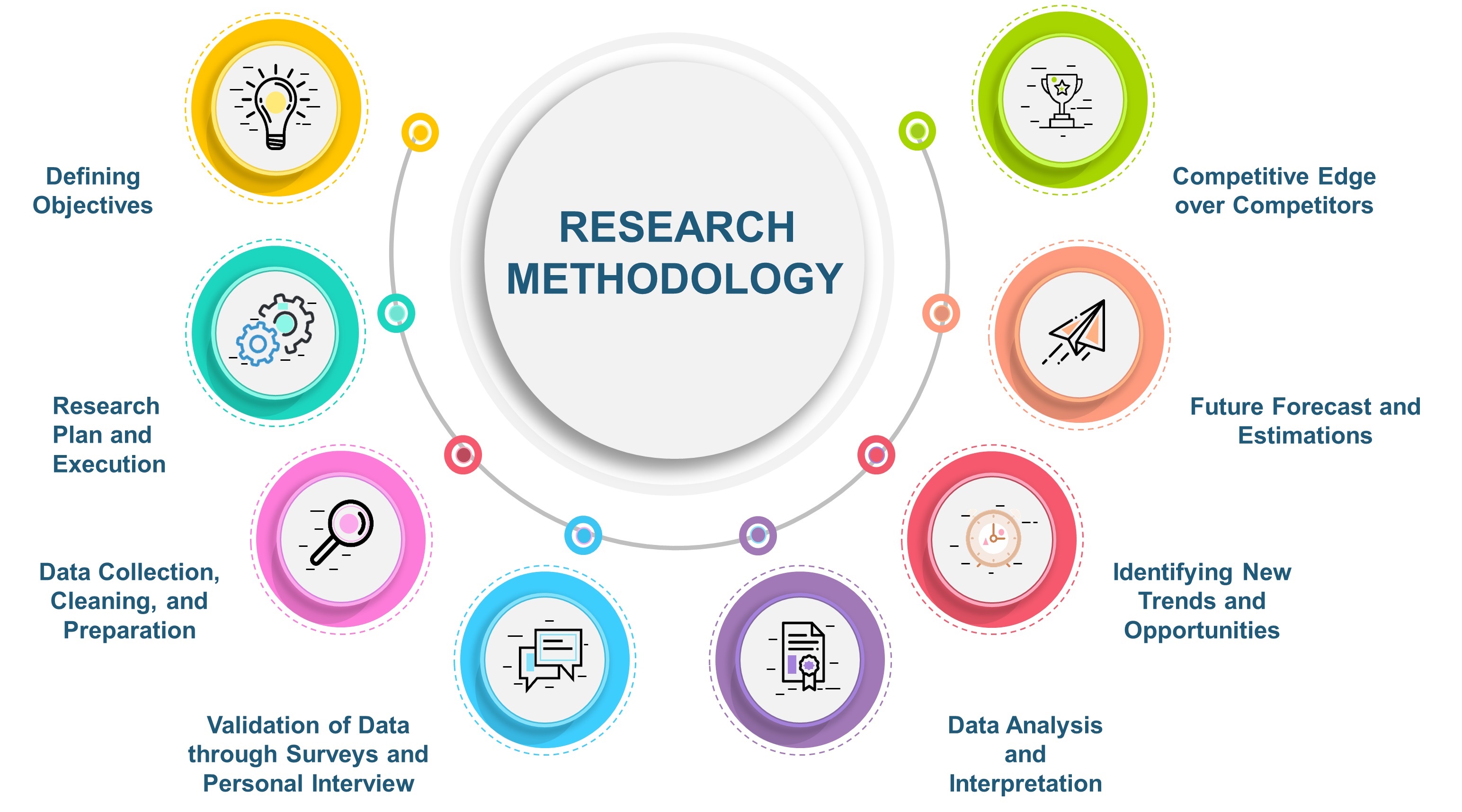
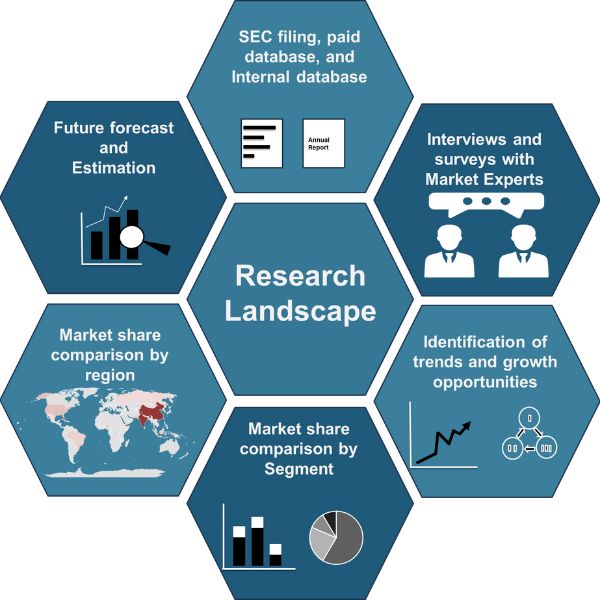
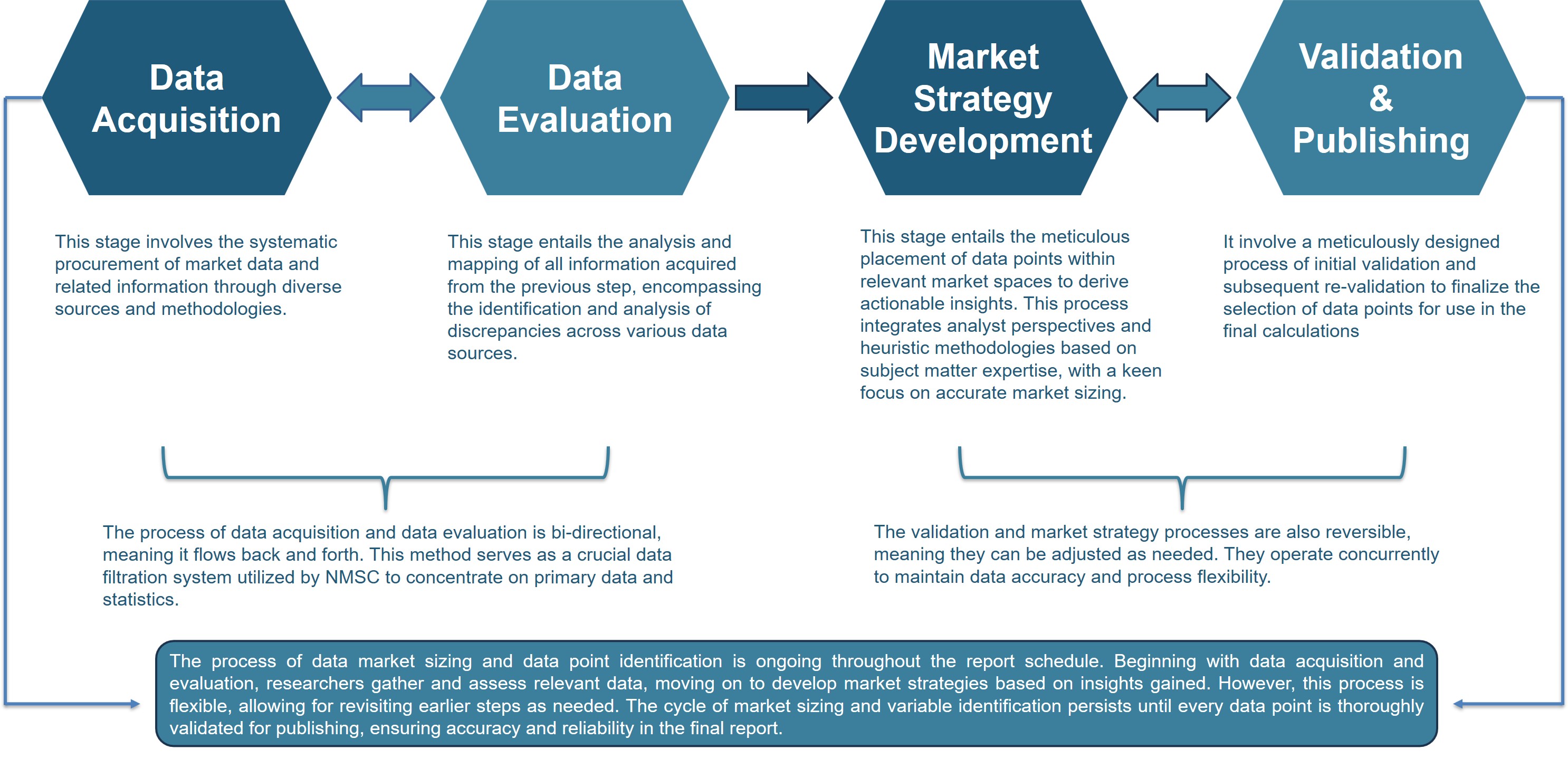



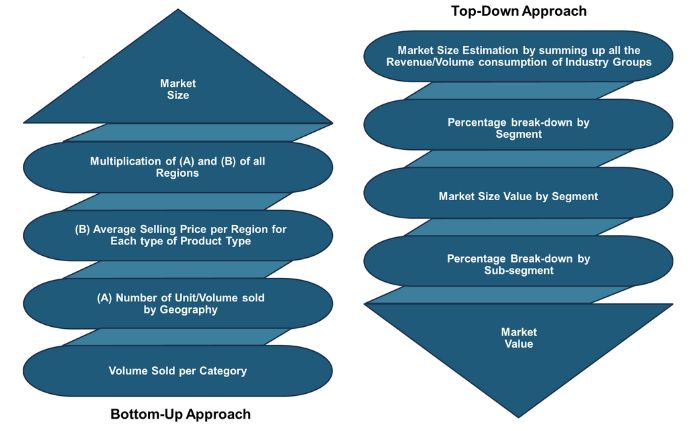
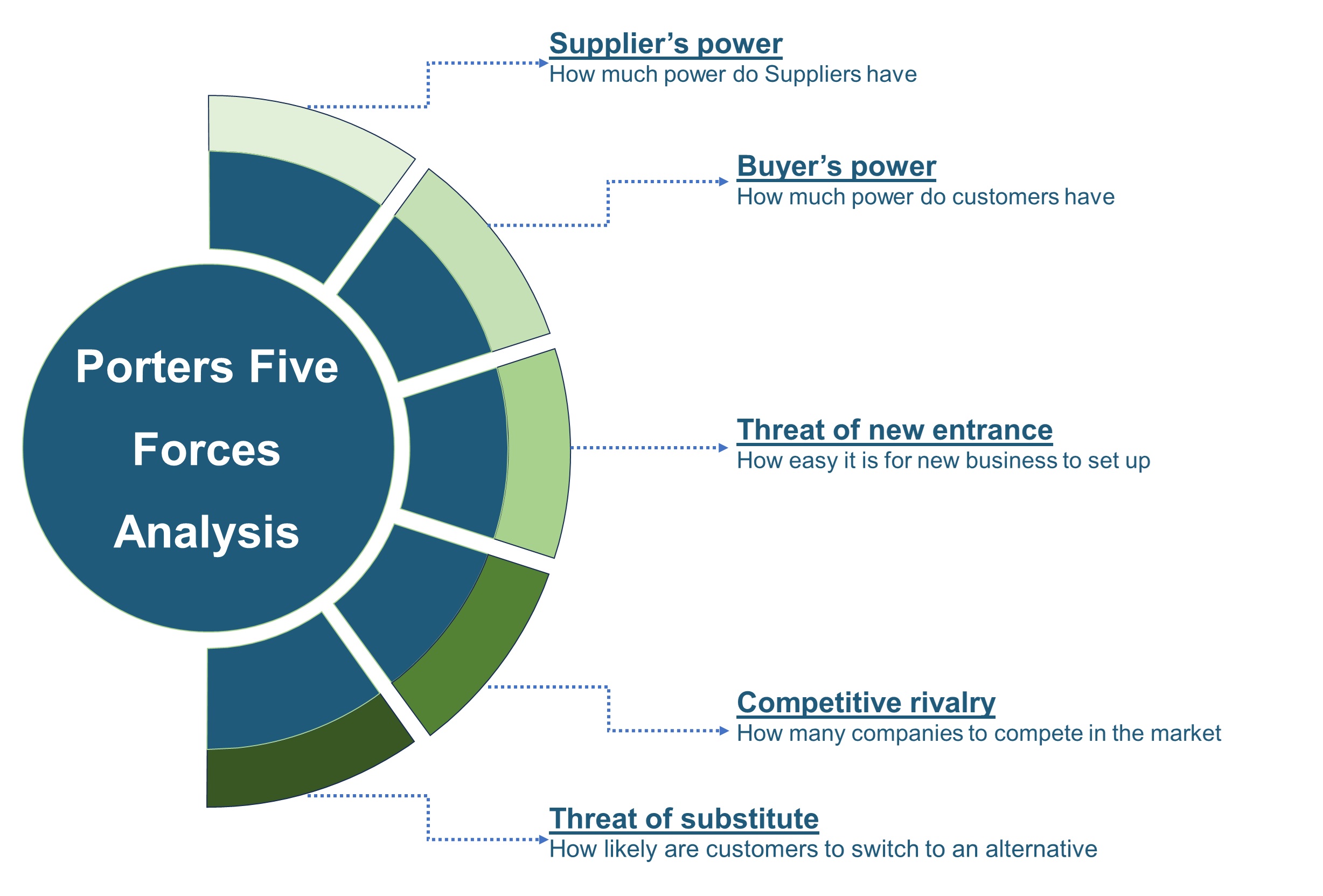


 Speak to Our Analyst
Speak to Our Analyst



